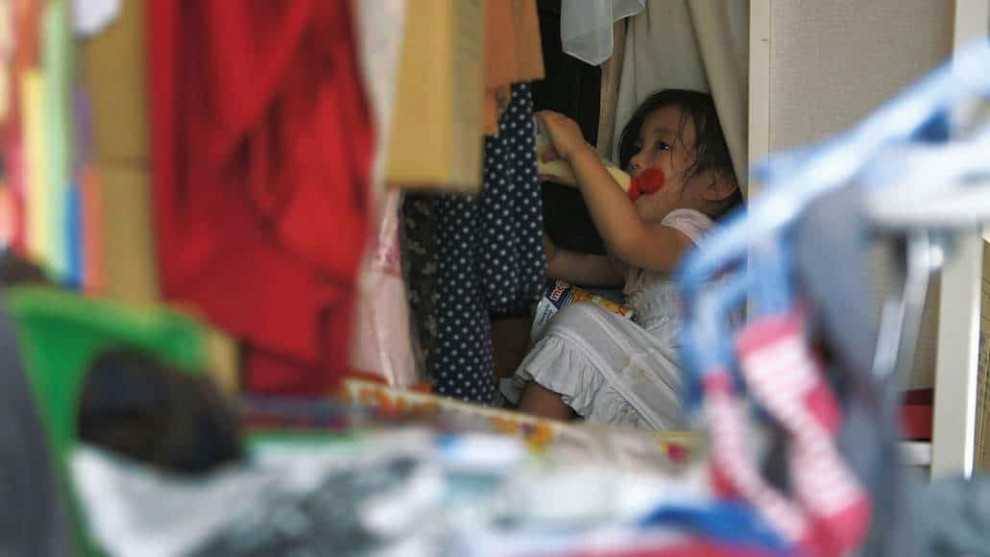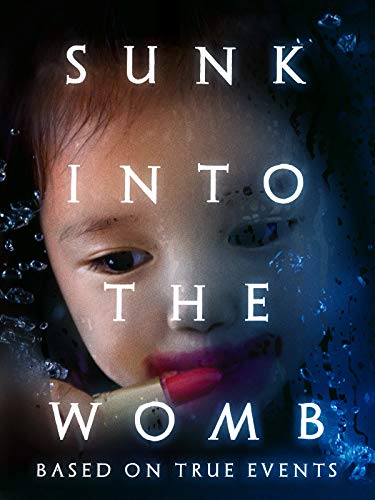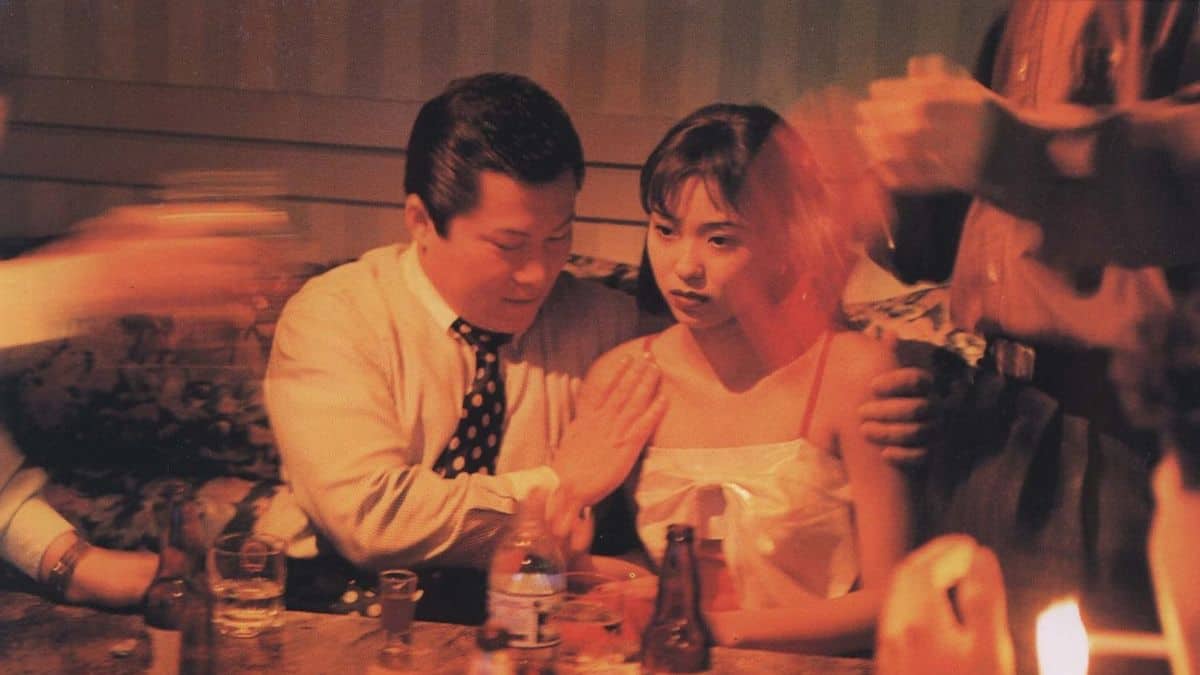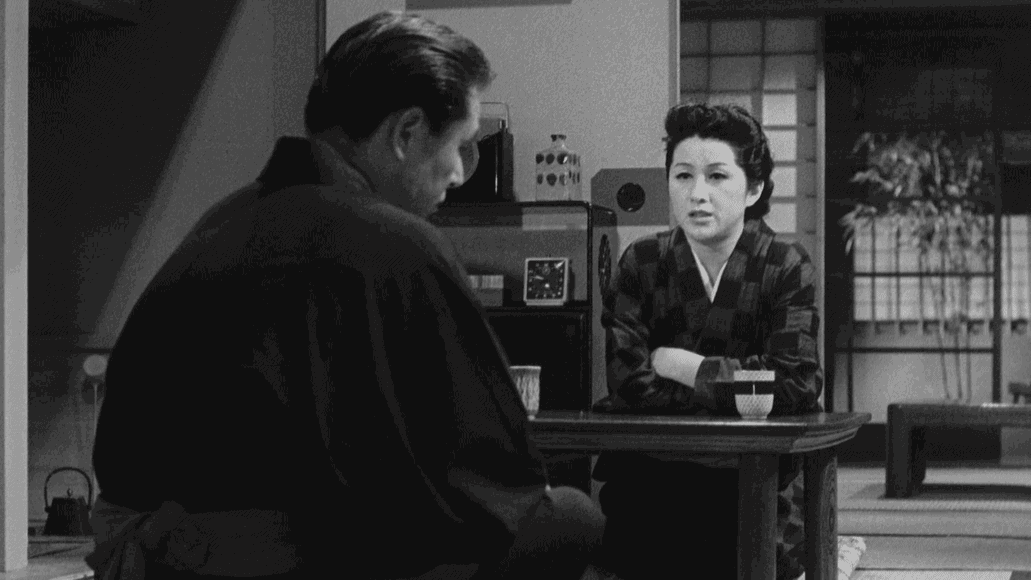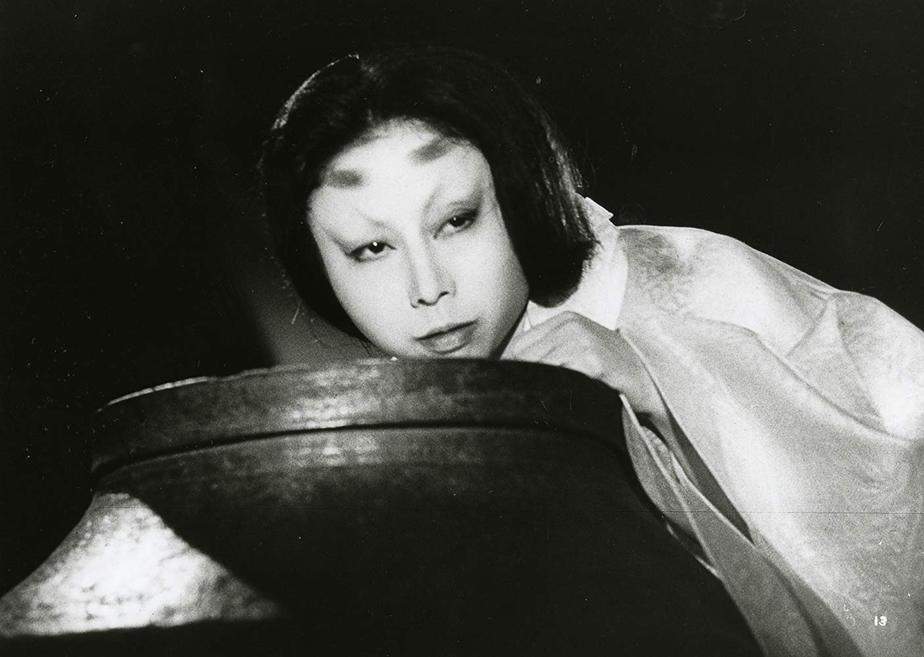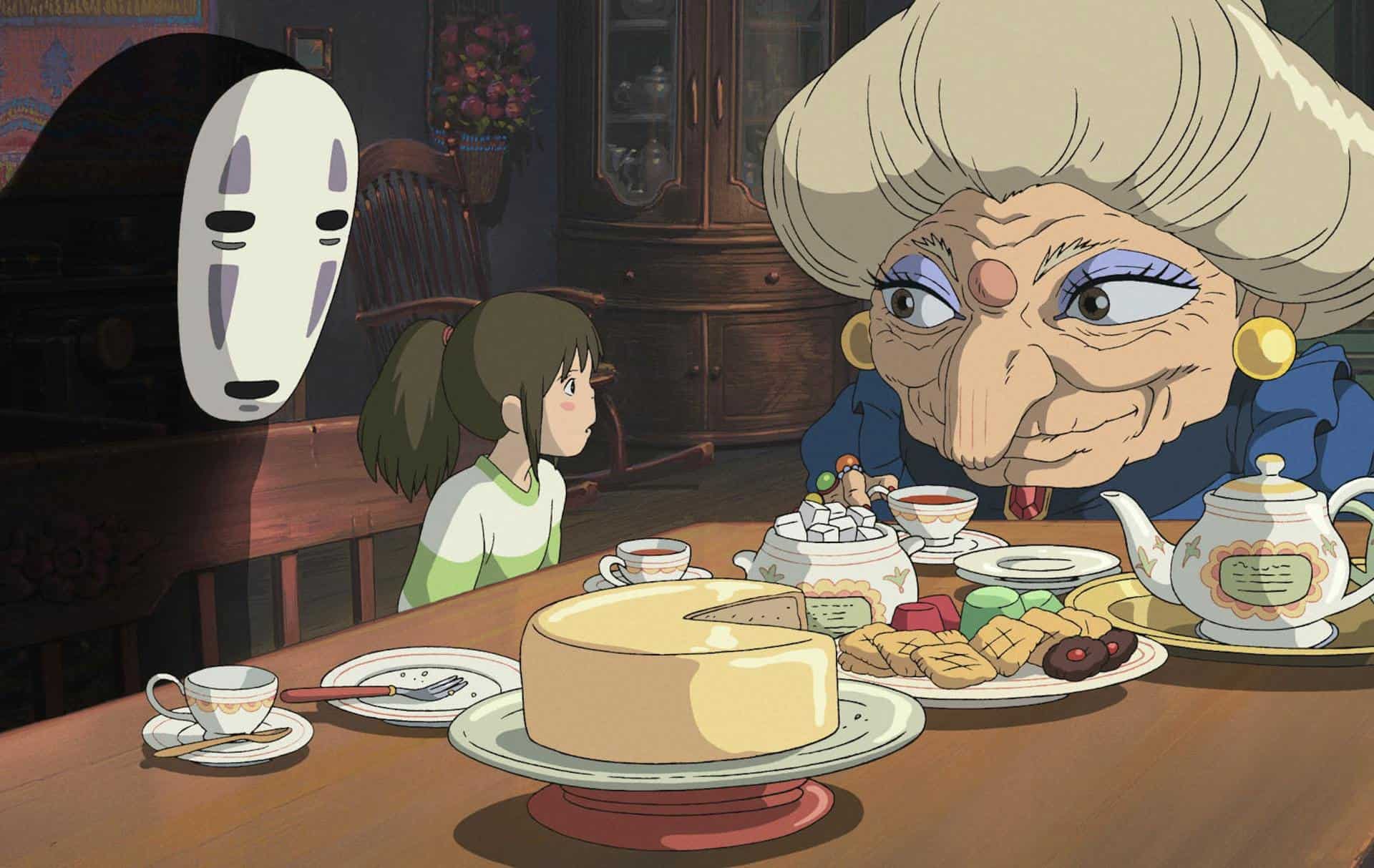The concept of motherhood, and particularly the idea that all women are made to become mothers is the main theme of “Sunk Into the Womb”, with Ogata presenting his shocking but quite realistic take on the subject, based on an actual event where two children were found dead in the trash.
Watch This Title
Yukiko is a loving mother of two who tries to raise them in the best way she can, despite the fact that her husband is absent, in essence. Soon, in fact, he abandons her, and her life as a single mother becomes a burden she can barely stand. After a friend suggests she takes a job as a hostess, Yukiko decides that some distraction would be good for her and descends into the world of hosting, although the only part of it that is revealed in the film is the number of promiscuous relationships she has with men she brings at home, where she has sex while her children are awake in the next room. Furthermore, when one of them asks her to go away for a few days, she agrees and decides to leave her two infants in the house to fend for themselves. What follows is a series of shocking scenes that highlight what happens when children of such small age are left alone, through a testament to parental neglect.

Takaomi Ogata builds the film quite elaborately, as we watch the downward spiral of a woman who starts as a loving mother, but experiences depression (or something even worse maybe) to the point that her life becomes unbearable. And while the sex in the cramped house may be “justified” to a point, the abandoning of her children is not, and Ogata makes a point of highlighting the fact, through the consequences. The scene where the older girl (she cannot be more than 4-5) tries to make food for the baby and herself are quite shocking, as are the scenes where she cannot find the way to the toilet. In that fashion, the one where she tries her mother's make-up and clothes on, pale, although the fact of how unsupervised the children are is not missed even in these scenes. However, probably the most shocking sequence in the film is Yukiko's behaviour when she returns home.
Through the aforementioned concept, Ogata highlights the fact that not every woman is cut out to be a mother, and even more, that a mother will always love and care for her children. One could say that his blame is quite one-sided, since the father (who also abandoned his children and his wife) is completely out of the picture, although the outcome justifies this perspective, to a certain degree.
The film could easily become a heartbreaking melodrama, but Ogata avoided the reef particularly through the naturalistic performances of the two children, Kino and Aoi Tsuchiya, who portray their relationship as realistically as possible, without any kind of exaltation, in one of the best aspects of his direction. The same applies to Emiko Izawa who plays Yukiko, with her demise being presented in a rather detached, but quite pointy manner.

Ogata uses a very interesting cinematographic technique, placing the camera on the eye level of the children, in a tactic that results in a number of shots where the grown-ups are depicted from the waist down, in an evident effort to present the world from the eyes of the infants. Furthermore, his use of the single location of the apartment is quite impressive, with him using every corner to highlight his main theme and the fact that, for the two children, this is their whole world.
“Sunk Into the Womb” is a very interesting movie, which, at last, presents an opinion very rarely examined, which results in a shocking and very difficult to swallow film that everyone should take a look at, to say the least.


